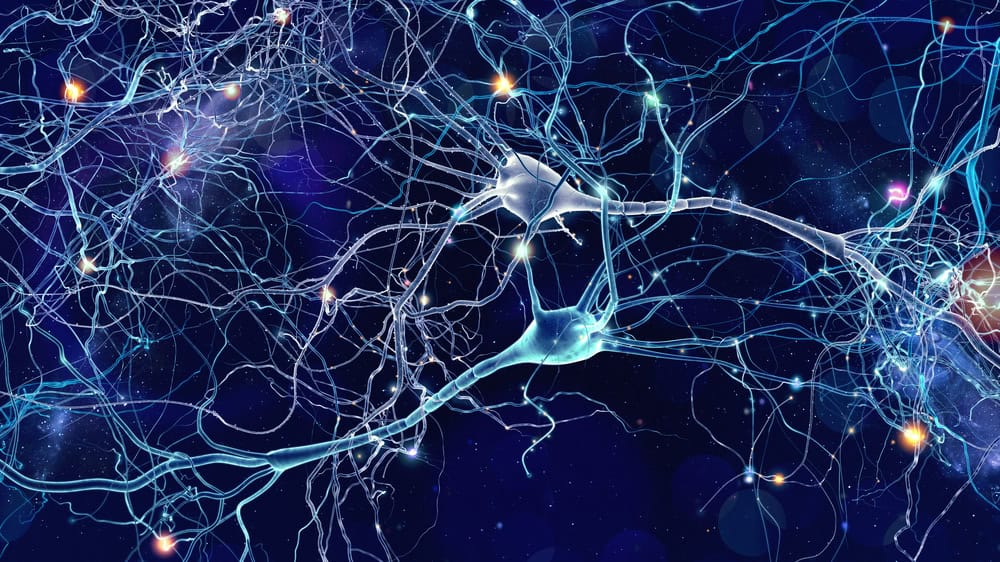Violence and Love in Human Behavior
The intricate workings of the human brain, a complex and finely tuned organ, reveal a fascinating dance of neurochemicals that influence our every emotion, decision, and action. Among these myriad influences, the contrasting roles of neurochemicals associated with violence and those linked to love and empathy are particularly striking. Understanding these opposing forces offers not just insights into human behavior but also potential pathways for nurturing a more compassionate society.
Some of The Roots of Violence: A Neurochemical Perspective
Violence, a lamentably common aspect of human behavior, has deep neurobiological underpinnings. At the heart of violent behavior lies the neurochemical tachykinin, which plays a pivotal role in stress and aggression. Tachykinins are a family of neuropeptides that include substances like substance P, neurokinin A, and neurokinin B, known for their roles in transmitting pain, regulating emotions, and modulating the stress response. These neurochemicals, particularly when imbalanced, are associated with heightened aggression and erratic behaviors.
Research has shown that isolation can significantly impact the levels of tachykinins in the brain, suggesting a link between social withdrawal and increased aggression. Isolation leads to elevated levels of these neuropeptides, which in turn can exacerbate stress responses and aggressive behaviors, illustrating a vicious cycle between isolation and violence.
The Healing Power of Love and Empathy: Neurochemical Allies
Contrasting sharply with the neurochemical landscape of violence are the chemicals associated with love, bonding, and empathy. Oxytocin, often dubbed the “love hormone,” plays a crucial role in social bonding, maternal behavior, and romantic attachment. It fosters trust and empathy, encouraging positive social interactions and reducing fear.
Similarly, serotonin levels are positively correlated with feelings of happiness and well-being, contributing to a peaceful and cooperative disposition. Another significant player, endorphins, the body’s natural painkillers, also enhance pleasure and promote a sense of calm and well-being, further supporting harmonious social bonds.
Repairing the Effects of Social Isolation with Social Interaction
The impact of tachykinins on behavior highlights the importance of social connections in maintaining emotional and psychological well-being. On-site, in-person training and interventions that promote positive social interactions can significantly mitigate the negative effects of tachykinins. By engaging in empathetic communication, cooperative activities, and community-building exercises, individuals can stimulate the production of positive neurochemicals such as oxytocin and serotonin, which counteract the effects of tachykinins.
Such programs not only reduce feelings of isolation but also help rebalance the neurochemical systems that influence aggression and stress. This suggests a potent strategy for reducing violent behaviors: fostering environments that encourage social cohesion and emotional support.
Conclusion
The exploration of neurochemicals and their relationship with violence and isolation sheds new light on the neurochemical underpinnings of human behavior. By understanding how isolation and stress can lead to an imbalance in these critical hormones, and how positive social interactions can counteract this effect, we uncover valuable strategies for promoting a more peaceful and empathetic society. This neurochemical perspective underscores the profound impact of our social environment on our brain’s chemistry and, by extension, on our behaviors and interactions with others.
In theory, if we we’re to create and foster environments where in person training that had an emphasis on oneness and teambuilding were prevalent throughout our society, could we all together end violence in the workplace?
Stay Lethal My Friends,
Joe Malone


